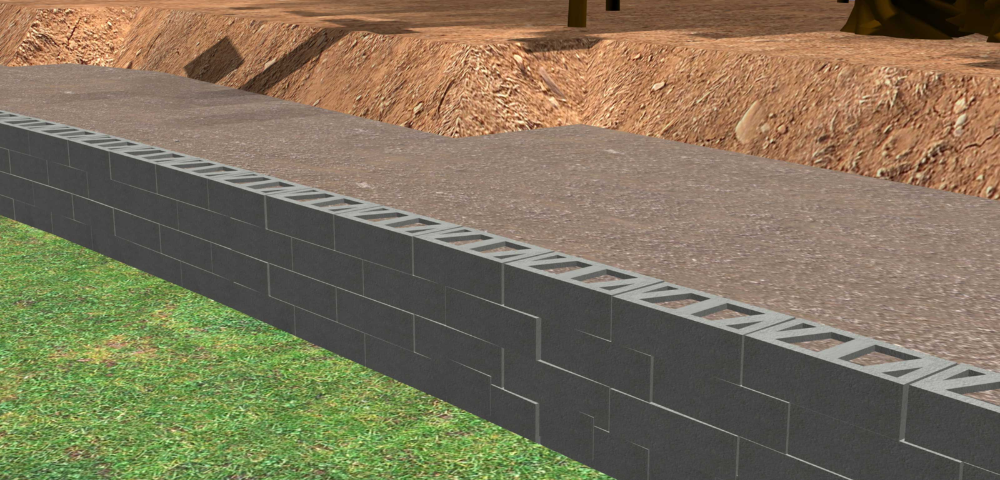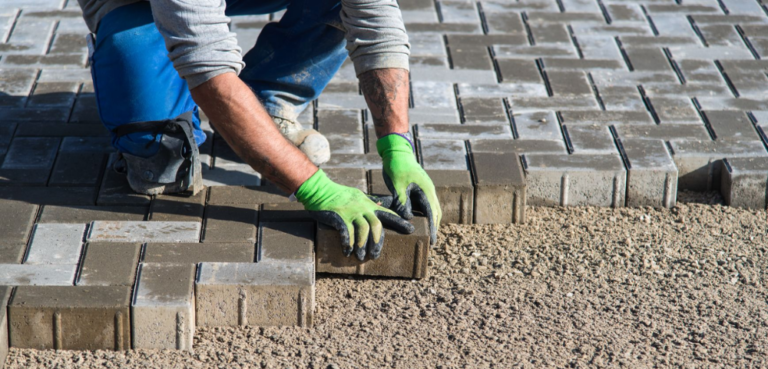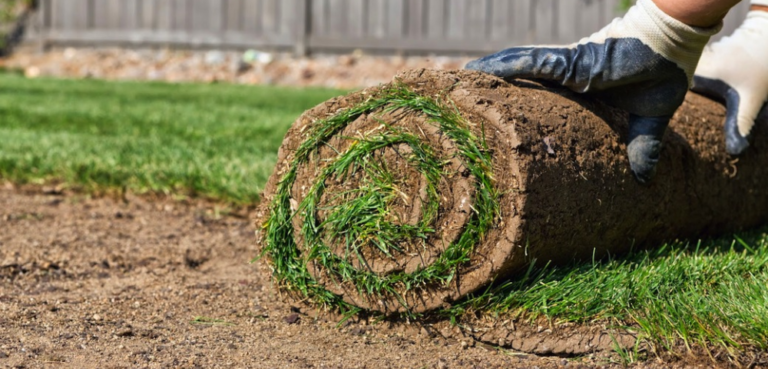In the realm of landscaping and outdoor design, retaining walls are unsung heroes that marry aesthetics with functionality.
These architectural elements not only enhance the visual appeal of your outdoor space but also serve as vital structures to prevent soil erosion and manage elevation changes. In this blog, we delve into the art of creating retaining walls that are both visually striking and built to withstand the test of time.
The Purpose of Retaining Walls: Form and Function
Retaining walls are constructed to hold back soil and create distinct levels within a landscape. They can transform a sloped or uneven area into a terraced masterpiece, allowing for more functional use of space. Whether you’re dealing with a hillside property, a garden that needs tiered sections, or erosion control along a pathway, retaining walls offer a versatile solution.
Design Elegance: Blending with the Landscape
The beauty of a retaining wall lies not only in its structural integrity but also in its ability to harmonize with the surrounding environment. Consider the design of your outdoor space, the architectural style of your home, and the existing landscaping elements when choosing the materials and style for your retaining wall. Materials such as natural stone, brick, concrete blocks, and wood can be creatively combined to create a wall that seamlessly integrates into its surroundings.
Choosing the Right Materials: Durability Matters
Selecting the right materials is paramount to the durability of your retaining wall. The materials must be able to withstand the pressure exerted by the soil they’re holding back while enduring exposure to the elements.
Natural stone, such as granite or limestone, is known for its strength and timeless appeal. Concrete blocks provide versatility and come in various shapes and colors, allowing for customizable designs. Wood can add warmth, but it requires proper treatment to resist decay and pests. Consult with a professional to determine the most suitable material for your specific needs.
Solid Foundation: Building for Longevity
The foundation of a retaining wall is its cornerstone. A stable and well-prepared foundation ensures that the wall remains structurally sound for years to come. The depth and composition of the foundation will depend on the height of the wall and the type of soil. Proper drainage behind the wall is equally important to prevent water buildup, which can compromise the stability of the structure over time.
Professional Expertise: Seek Guidance
While it’s possible to embark on a DIY retaining wall project, enlisting the expertise of a professional landscaper or contractor can make a significant difference. Their experience ensures that the wall is built to code, follows best practices, and takes into account soil conditions, drainage considerations, and any potential engineering requirements.
Essentials of Proper Drainage: Longevity Ensured
One of the primary enemies of retaining walls is water. Improper drainage can lead to erosion, shifting, and even collapse of the wall. Incorporate drainage elements such as gravel-filled weep holes or drainage pipes behind the wall to direct water away from the structure. Proper drainage not only safeguards the integrity of the wall but also prevents potential damage to the surrounding landscape.
Maintenance and Preservation: Caring for Your Investment
To maintain the stunning appearance and functionality of your retaining wall, regular maintenance is key. Periodically inspect for signs of erosion, settling, or damage. Clear any debris that accumulates behind the wall and address any drainage issues promptly. Depending on the material used, perform necessary treatments or sealing to protect against weathering and deterioration.
Creating a retaining wall that is both visually stunning and durable requires a careful blend of artistry and engineering.
By focusing on design integration, material durability, proper construction, drainage management, and ongoing maintenance, you can enjoy a retaining wall that not only enhances your outdoor space but also stands as a testament to your commitment to quality and beauty. Whether it’s adding dimension to your garden or taming a challenging slope, a well-crafted retaining wall becomes an enduring masterpiece within your landscape.
You might also be interested in:




